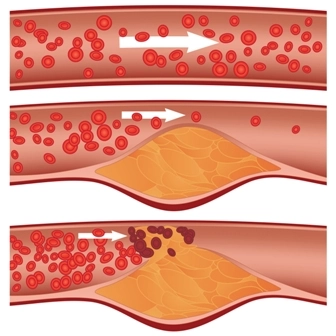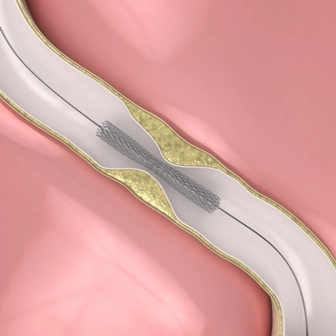Cardiology Coding Alert
CCI 24.2 Update:
Check Out These Shiny New Central Venous Access Device/Catheter Edits
Published on Fri Aug 24, 2018

You’ve reached your limit of free articles. Already a subscriber? Log in.
Not a subscriber? Subscribe today to continue reading this article. Plus, you’ll get:
- Simple explanations of current healthcare regulations and payer programs
- Real-world reporting scenarios solved by our expert coders
- Industry news, such as MAC and RAC activities, the OIG Work Plan, and CERT reports
- Instant access to every article ever published in Revenue Cycle Insider
- 6 annual AAPC-approved CEUs
- The latest updates for CPT®, ICD-10-CM, HCPCS Level II, NCCI edits, modifiers, compliance, technology, practice management, and more
Related Articles
Other Articles in this issue of
Cardiology Coding Alert
- Catheters:
Navigate the Difference Between Nonselective and Selective Caths With Ease
Don’t miss CPT®’s specific instructions for selective catheterization. Catheterization is a challenging topic to wrap [...] - CCI 24.2 Update:
Check Out These Shiny New Central Venous Access Device/Catheter Edits
Make sure you learn the modifier indicators for these new edits to avoid denials. CMS [...] - ICD-10 Update:
ICD-10 2019 Adds New T, Z, Cannabis-Related Disorder, and Path and Lab Codes
Don’t miss the new ecstasy poisoning codes. In the article “You’ll Find New Cerebral Infarction, [...] - You Be the Coder:
Recognize 93350 and 93351 Clarification
Question: According to the CPT® guidelines for 93350, “When only the professional components of a [...] - Reader Question:
Turn to These ICD-10 Codes for Systolic Congestive Heart Failure
Question: A patient presented with dyspnea and peripheral edema and said she has had a [...] - Reader Question:
Patient Death Doesn't Mean HIPAA Agreement Dies, Too
Question: What does HIPAA say about maintaining patients’ private health information after they die? California [...]
View All




